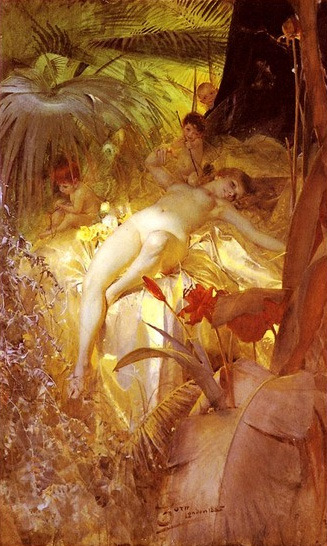

Weighing of the Feather and the Heart
The Egyptians viewed the heart as the seat of intellect and emotion; as such, it played a central role in the rebirth of an individual in the afterlife. The heart of the individual was weighed against the feather representing the goddess of truth, Ma’at, in a judgment process overseen by Osiris, the lord of the underworld. The judgment was a frequent subject for funerary art, especially on papyri and coffins. Central to the scene was a large balance, with the heart in one pan and either a feather or a tiny figure of Ma’at, in the other pan. In most scenes, a demon called Ammit, “the Devourer,” crouches below the balance, anxiously awaiting the outcome. Should the heart of the deceased prove to be heavy with wrongdoing, it would be eaten by the demon, and the hope of an afterlife vanished. Oddly enough, the Egyptians never seem to have depicted the negative outcome of the weighing, only the joyful individual being received by Osiris and presented with offerings.
It was crucial that the heart remain with the body during the mummification process, in order to be present for the judgment. A protective amulet or heart scarab was typically wrapped with the mummy, in case the heart should be damaged or removed. Such amulets were frequently inscribed with a spell to prevent the heart from bearing false witness against the deceased before Osiris.
Mısır, antiquity












































